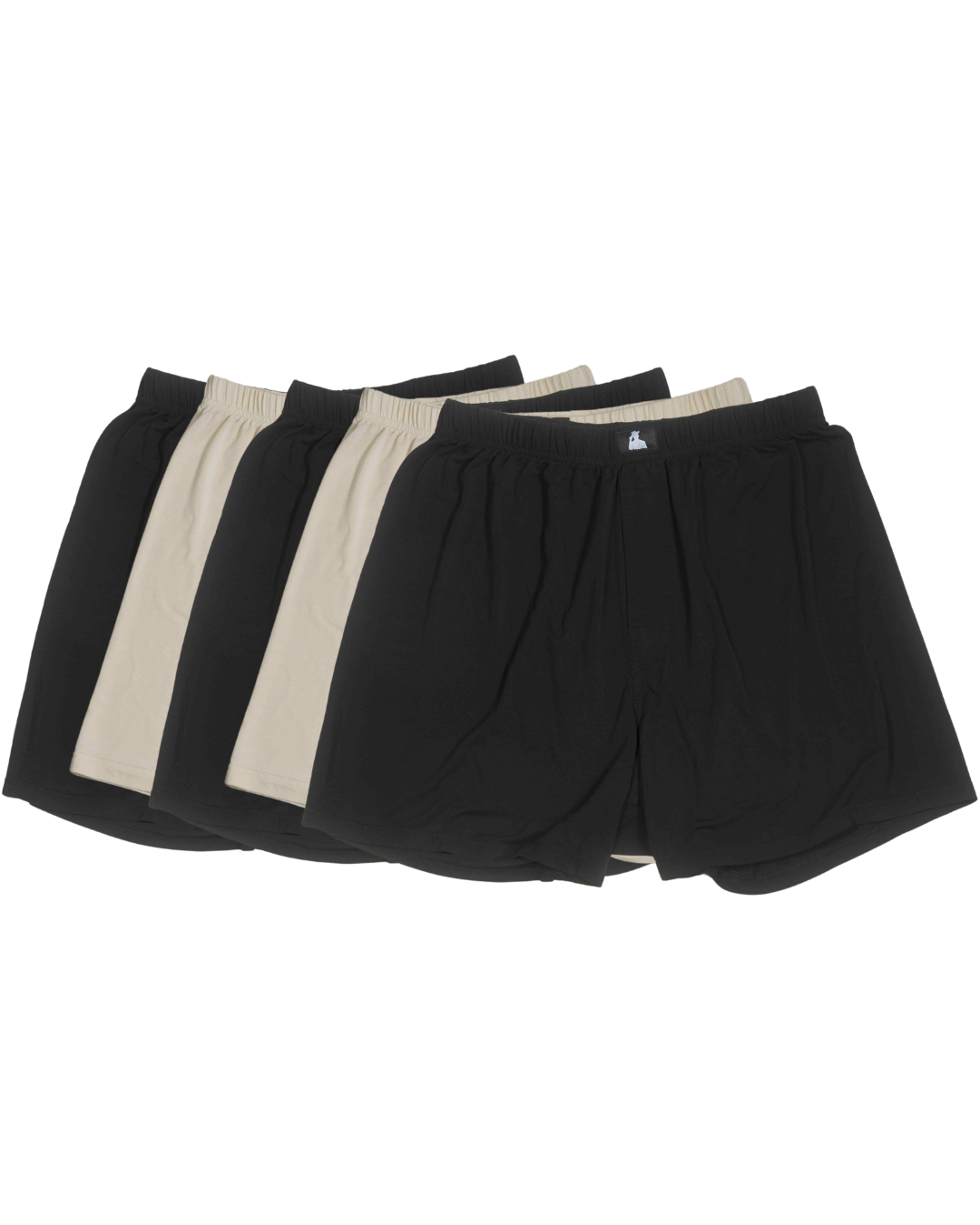Non-Toxic Bamboo Underwear: Mr. Fertyl’s Fertility-First Choice
That’s why Mr. Fertyl’s line of underwear was designed with fertility in mind. Each pair is made from Bamboo Lyocell, processed without toxic solvents and dyed with low-impact, certified-safe dyes. The fabric is extremely soft yet breathable, meaning it helps regulate temperature and wicks away sweat better than ordinary cotton. Our underwear also comes with the OEKO-Tex Standard 100 Class I certification – the same high level safety standard used for baby clothes, ensuring no heavy metals, formaldehyde, or AZO dyes are present. In short, Mr. Fertyl’s underwear give you the cool, natural feel you want without the hidden chemical baggage.
Many men report that switching to Bamboo Lyocell underwear feels noticeably different in comfort: it feels like a second skin, doesn’t ride up, and truly lets the skin breathe. Fertility specialists appreciate that this fabric helps avoid unnecessary heat buildup around the groin. And from an environmental standpoint, bamboo is a fast-growing, renewable resource that needs no pesticides and far less water than cotton. In other words, choosing Mr. Fertyl’s non-toxic underwear is a win for your fertility and the planet.
Take control of your fertility today: If you’re concerned about sperm health or just want the peace of mind that comes from safer clothing, consider upgrading your underwear drawer. In the words of medical advisors: it’s a small change that could make a difference. Make the switch to Mr. Fertyl’s fertility-first, non-toxic underwear and take a simple step toward protecting your reproductive health.


